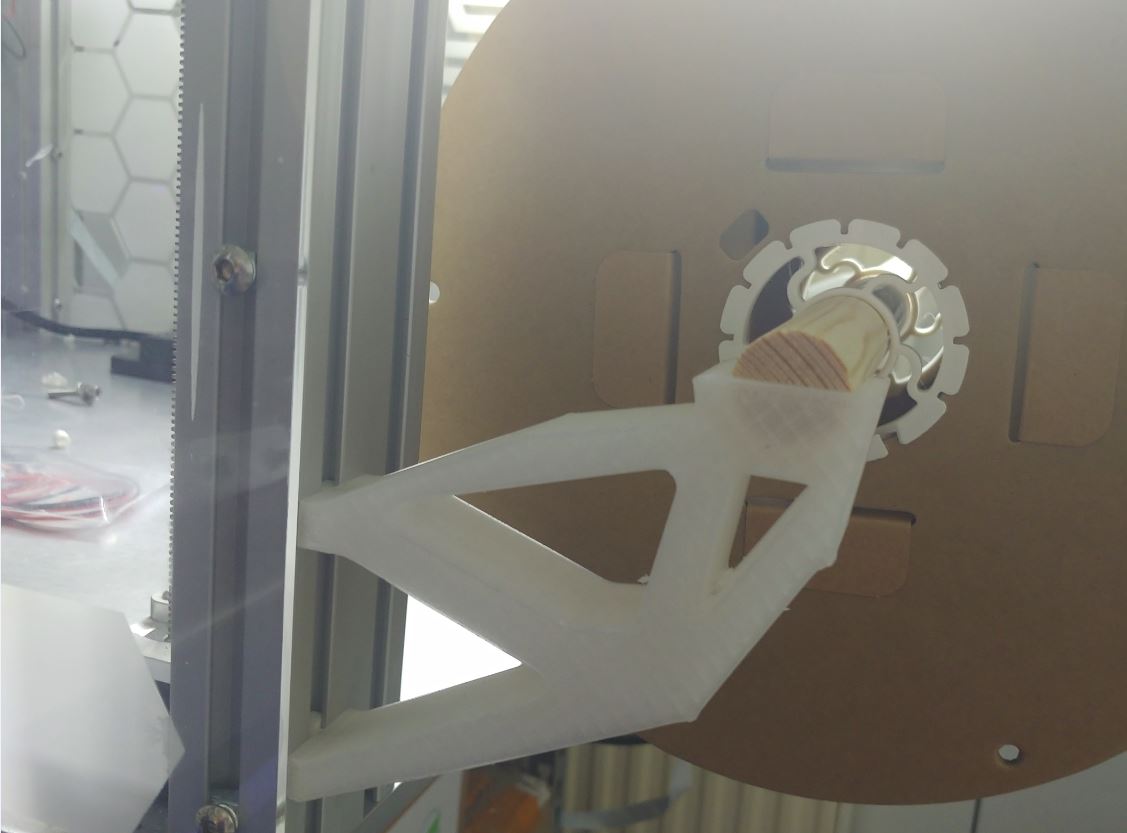3DPrinting
3DPrinting is a place where makers of all skill levels and walks of life can learn about and discuss 3D printing and development of 3D printed parts and devices.
The r/functionalprint community is now located at: [email protected] or [email protected]
There are CAD communities available at: [email protected] or [email protected]
Rules
-
No bigotry - including racism, sexism, ableism, homophobia, transphobia, or xenophobia. Code of Conduct.
-
Be respectful, especially when disagreeing. Everyone should feel welcome here.
-
No porn (NSFW prints are acceptable but must be marked NSFW)
-
No Ads / Spamming / Guerrilla Marketing
-
Do not create links to reddit
-
If you see an issue please flag it
-
No guns
-
No injury gore posts
If you need an easy way to host pictures, https://catbox.moe may be an option. Be ethical about what you post and donate if you are able or use this a lot. It is just an individual hosting content, not a company. The image embedding syntax for Lemmy is 
Moderation policy: Light, mostly invisible
view the rest of the comments

Neat. What software? Does it also take into account the print direction?
Nastran.
Is there any software that does take toolpaths into account?
Not as far as I know. The next best option is to define anisotropic properties in the z-direction but this doesn't close the gap between simulation and slicer output.
How good is it? Good enough. Work with safety margins and temper the print if it is close. An important aspect to make Ansys, Nastram, ... work with FDM is experience/rule of thumb. Knowing how to read the result and how to set up a simulation/model to get close enough results.
Most valuable is where and how it will fail as this is pretty accurate. For the exact load capacity it is the simulation result decreased by some rule of thumb based on experience.
Very cool!
Evidently nastran is headless. Did you use a GUI wrapper/interface? If yes, which one?
Final question: is this object the typical x wall thickness and y infill part? Did you happen to check the weight of a solid and optimized part? There's no doubt in my mind that this would save mass if it was a solid part, but if it's fairly hollow I wonder if the extra walls actually resulted in a heavier part.
Inventor has a GUI for it. There are more options.
A slightly higher wall count for prints and the weight of the unoptimized solid is pointless in this instance as it starts with a larger slab and tell it to remove x% of weight. With the simulation result you either increase or decrease the x% removed setting and run it again till the load part strength is correct. Very basic in this regard but this was a quick design. How the spool is relative to the mounting points isn't optimized. It was just me drawing something.
This particular part is 70g each with the filament being approx. 100mm moved forward (leaver length) and were simulated to withstand roughly 12kg and tested with 5.5kg+spool weights.